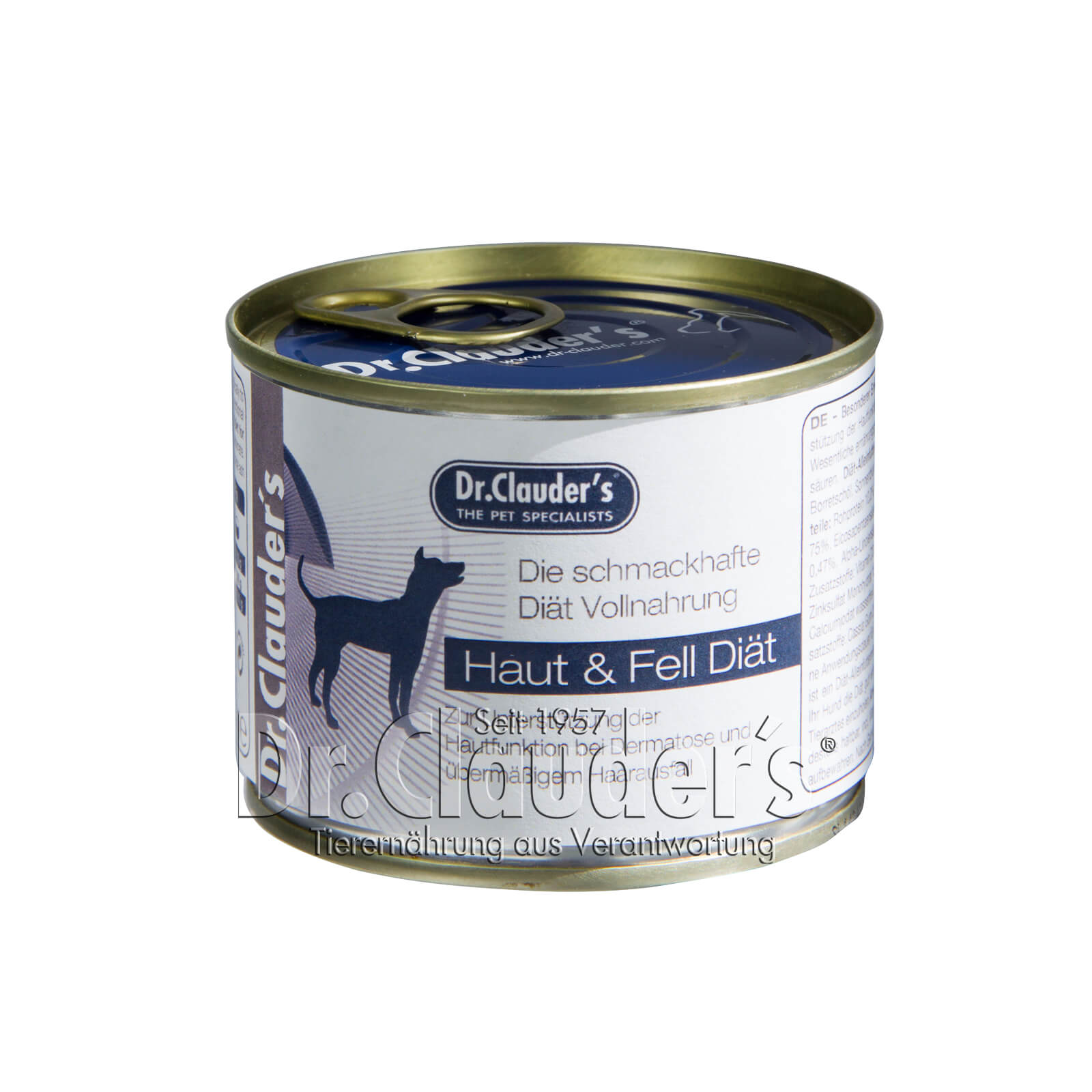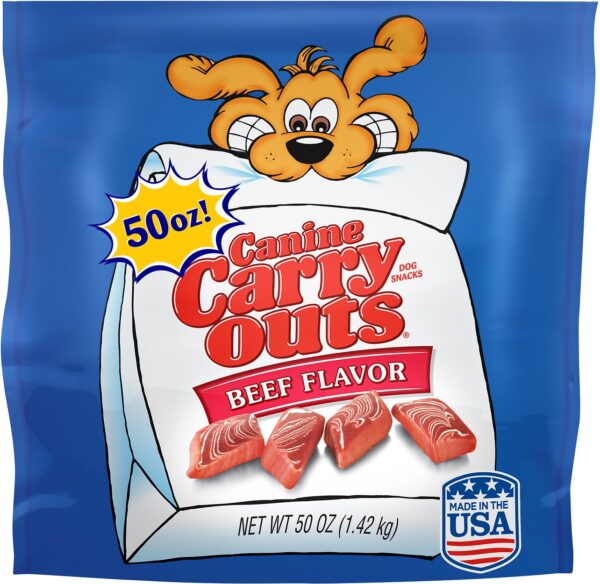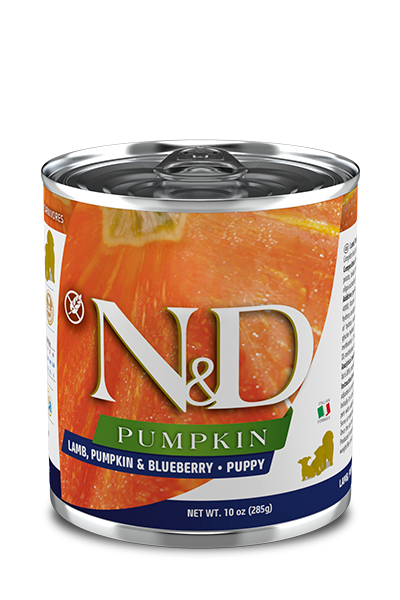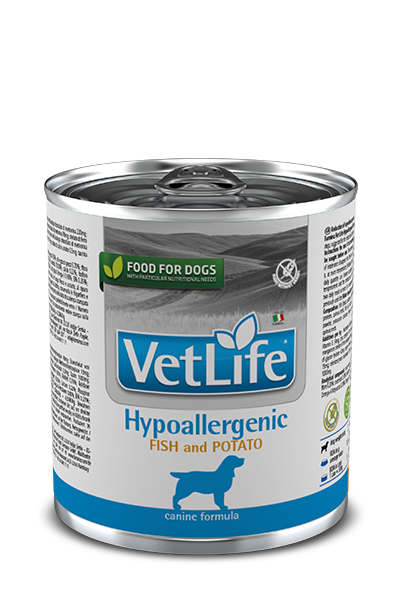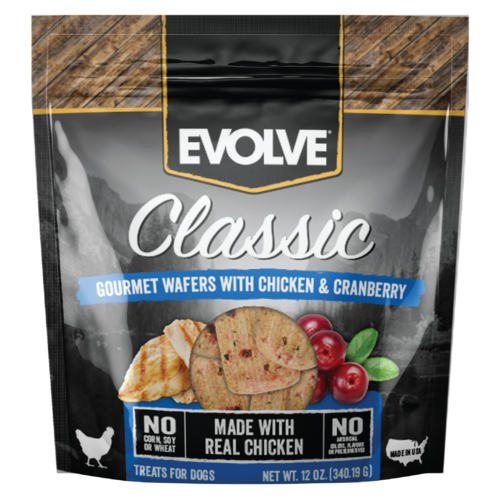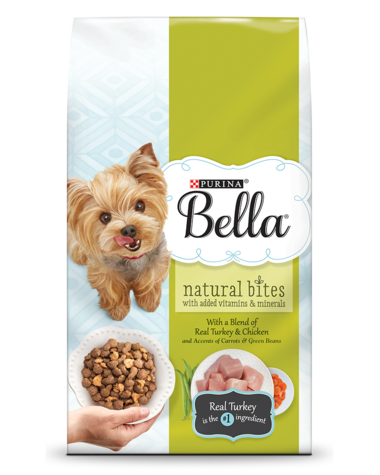Your cart is currently empty!
Snack IT Light Anti-Hairball Cream 100g
Snack IT Light Anti-Hairball Cream 100g Snack IT Light Anti-Hairball Cream: delicious gourmet snack less energy content anti hairball effect No added salt or sugar Product Information: The delicious gourmet snack with less energy content and antihairball effect! Supports natural digestion through the gastrointestinal tract without causing vomiting. No added salt or sugar. Light Anti-Hairball […]
Description
Snack IT Light Anti-Hairball Cream 100g
Snack IT Light Anti-Hairball Cream:
- delicious gourmet snack
- less energy content
- anti hairball effect
- No added salt or sugar
Product Information:
The delicious gourmet snack with less energy content and antihairball effect! Supports natural digestion through the gastrointestinal tract without causing vomiting. No added salt or sugar.
Light Anti-Hairball Cream Composition:
Why Cats Have Hairballs
Cats are frequent groomers, and their rough tongues catch loose hair, which is then swallowed. While most hair passes harmlessly through the cat’s digestive tract, some does become matted and stuck in the stomach, where it forms a hairball. When the ball is large enough, it must be vomited away or else it could cause intestinal blockages and impaction, which can not only be uncomfortable, but could be fatal if left untended.
Most cats vomit 1-2 hairballs each month, with long-haired cats or those that groom excessively having hairballs more often. Very frequent hairballs or vomiting without hairballs could be signs of additional digestive trouble, including cancer, and pet owners should take their cats to the vet to be sure there are no underlying problems.
Reducing Hairballs and Vomiting
There are a number of tricks that can minimize hairballs. Even if a cat is not frequently passing hairballs, these techniques can be helpful:
- Grooming: The less loose hair there is for a cat to swallow, the fewer hairballs the pet will produce. Daily brushing with the appropriate brush or comb for your cat’s coat will minimize loose hair and collect it before the cat can swallow it. This will also keep more hair off the furniture, and can be a great activity to bond with your pet.
- Better Diet: Healthy skin and fur will minimize shedding, and diet is a critical component of cat health. A high-fiber diet is best for reducing hairballs, and many cat foods are formulated to help minimize hairballs. Mixing a tablespoon of canned pumpkin into a cat’s food once or twice a week can add more fiber to their diet easily, and will be a tasty treat besides.
- Hairball Lubricants: Different products are advertised as helping cats more easily pass hairballs through their intestines and into the litterbox, rather than vomiting. Consult a veterinarian for recommendations suitable to your cat’s health and diet, however, before opting for these mild laxatives.
- Water: Water is a natural lubricant that can help minimize hairballs. Provide plentiful fresh, clean water for your cat, positioning water dishes or cat drinking fountains in several areas so your pet always has easy access to water. This will also hydrate the skin and keep fur in better condition so it does not break and shed as easily.
- Play: A bored cat may groom excessively, increasing the number of hairballs it creates. Provide new, interesting toys for your pet, as well as other distractions such as time in a cat patio, videos of birds or mice and time playing with you to keep the cat entertained so it will not groom so much. This will also improve the cat’s mental health to keep it happier.
